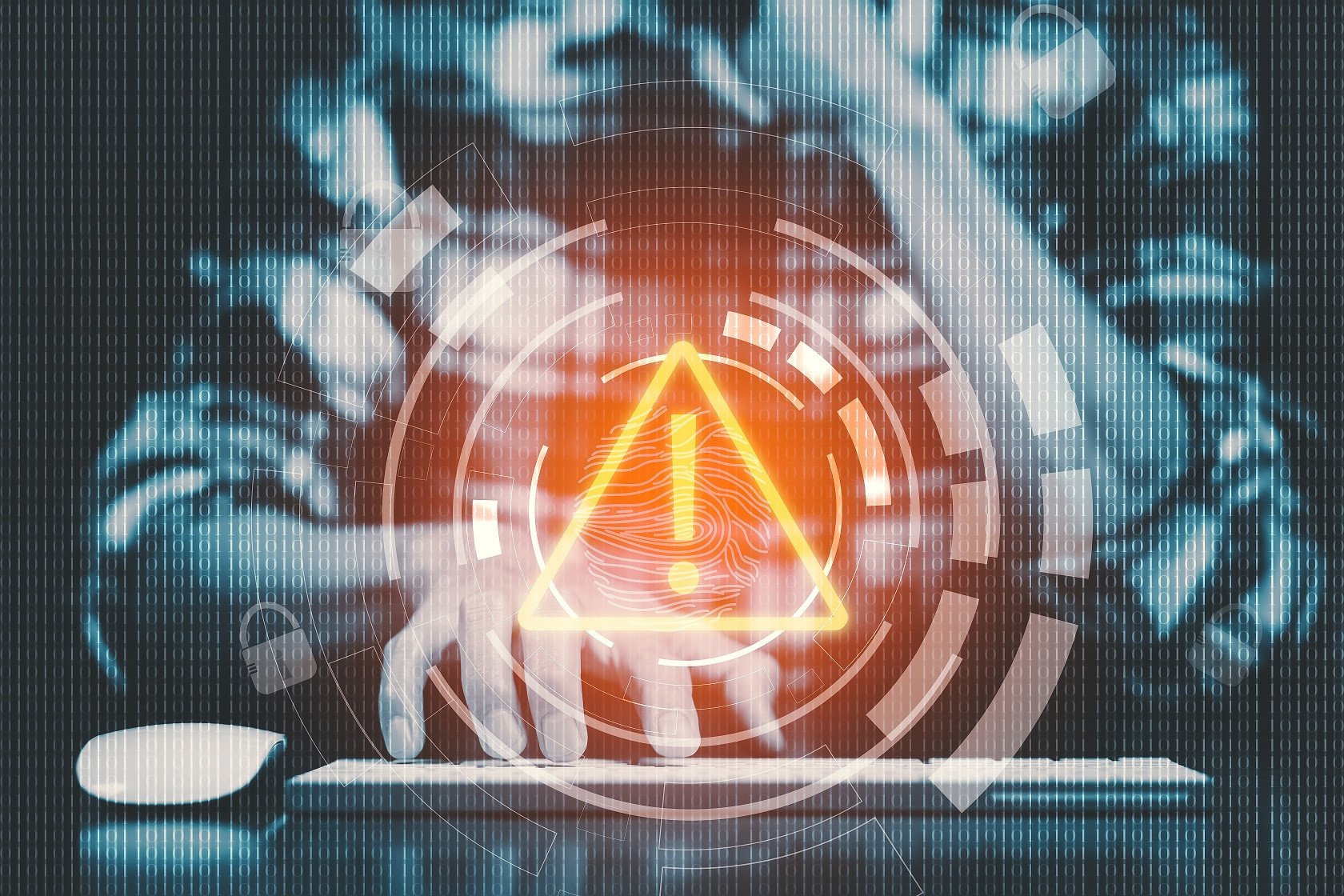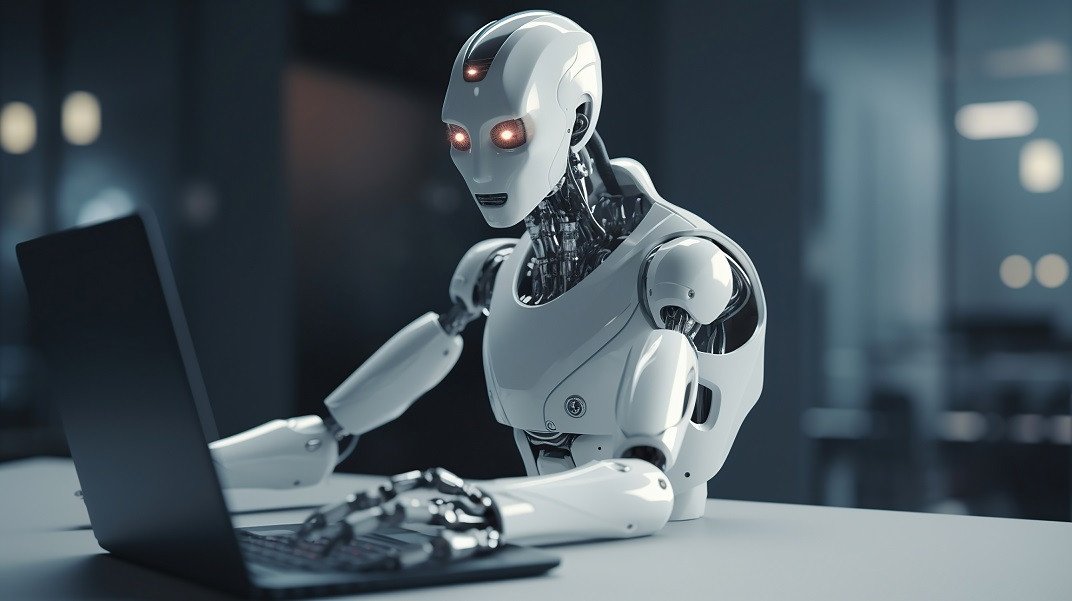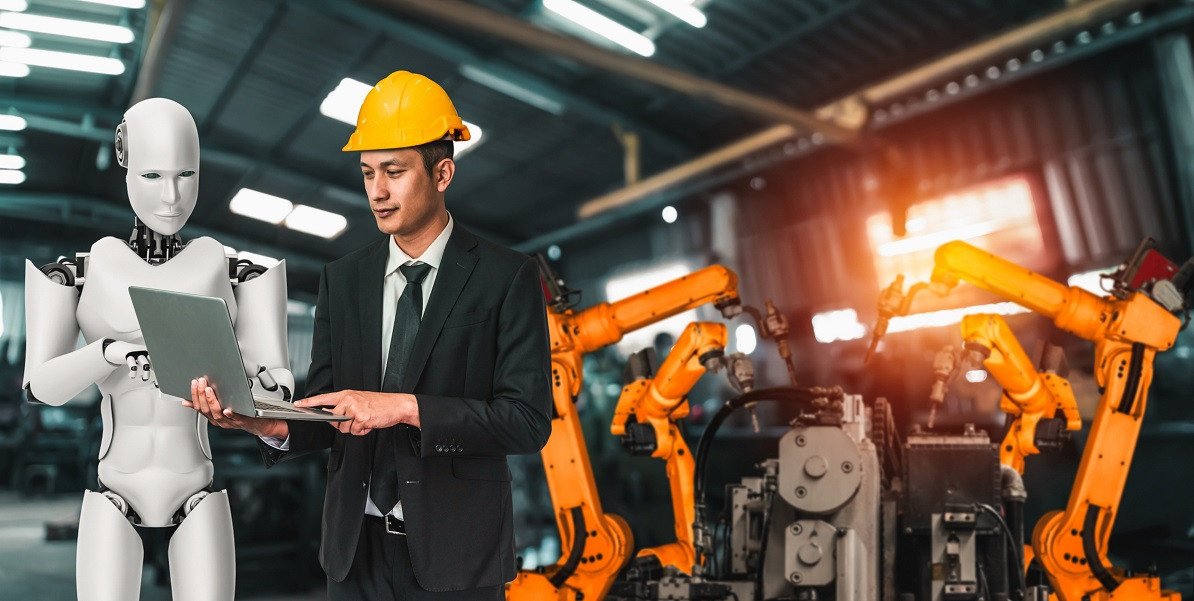AI Revolutionizes the Workspace Alert System: Enhancing Efficiency and Safety
In today's fast-paced and interconnected world, organizations strive to create safe and efficient work environments for their employees. The advent of artificial intelligence (AI) has opened up new possibilities for revolutionizing various aspects of business operations, including workspace alert systems. AI-powered alert systems have the potential to enhance workplace safety, streamline communication, and improve overall efficiency. This article explores the transformative impact of AI on workspace alert systems and highlights the key benefits it brings to modern workplaces.

- Real-time Threat Detection:
Traditional workspace alert systems often rely on manual monitoring or predetermined rules to identify and respond to potential threats. However, AI brings a significant improvement by leveraging advanced algorithms and machine learning techniques to analyze vast amounts of data in real-time. AI-powered alert systems can quickly detect anomalies, such as security breaches, unauthorized access attempts, or hazardous situations, and generate immediate alerts. This proactive approach enables organizations to address potential issues swiftly, minimizing risks and enhancing overall security.
- Intelligent Incident Response:
AI-powered alert systems not only detect threats but also offer intelligent incident response capabilities. By leveraging machine learning algorithms, these systems can learn from past incidents, continuously improve their understanding of different scenarios, and make informed decisions. For instance, in the event of a fire, an AI-powered alert system can analyze factors such as the location of employees, the severity of the fire, and available escape routes to provide real-time instructions for evacuation, ensuring the safety of everyone in the workspace.
- Personalized Notifications and Communication:
AI enables workspace alert systems to deliver personalized notifications and communication based on individual preferences and contexts. These systems can gather information about each employee's role, location, and preferences, allowing them to tailor alerts accordingly. For example, if there is a power outage, the system can send specific instructions to the IT team, while providing different instructions to employees in different areas of the workspace. This personalized approach enhances communication efficiency and ensures that the right information reaches the right people at the right time.
- Data-driven Decision-making:
AI-powered alert systems generate valuable insights by analyzing data collected from various sources. This data can help organizations make data-driven decisions to improve their workspace environments further. For instance, by analyzing patterns in alert data, organizations can identify recurring issues and take proactive measures to address them, thereby enhancing overall safety and efficiency. Moreover, these systems can generate reports and analytics that provide a comprehensive overview of workspace security, enabling organizations to identify trends and allocate resources effectively.
- Integration with IoT and Automation:
AI-powered alert systems seamlessly integrate with other emerging technologies such as the Internet of Things (IoT) and automation. By connecting sensors, surveillance cameras, and other IoT devices, these systems can gather real-time data from multiple sources to enhance their alert capabilities. For example, an AI-powered alert system can analyze data from motion sensors and video surveillance cameras to identify suspicious activities and trigger appropriate alerts. This integration with IoT and automation technologies creates a comprehensive and interconnected ecosystem for workspace safety and efficiency.
Conclusion:
AI revolutionizes the workspace alert system by providing real-time threat detection, intelligent incident response, personalized notifications, data-driven decision-making, and integration with IoT and automation. The transformative power of AI enhances workplace safety, streamlines communication, and improves overall efficiency. As organizations increasingly adopt AI-powered alert systems, they can create safer work environments, respond to incidents effectively, and make informed decisions based on data-driven insights. The future of workspace alert systems lies in the collaboration between humans and AI, creating a synergy that maximizes productivity and ensures the well-being of employees.
seo.call-to-action.title
seo.call-to-action.money-back
seo.call-to-action.message


